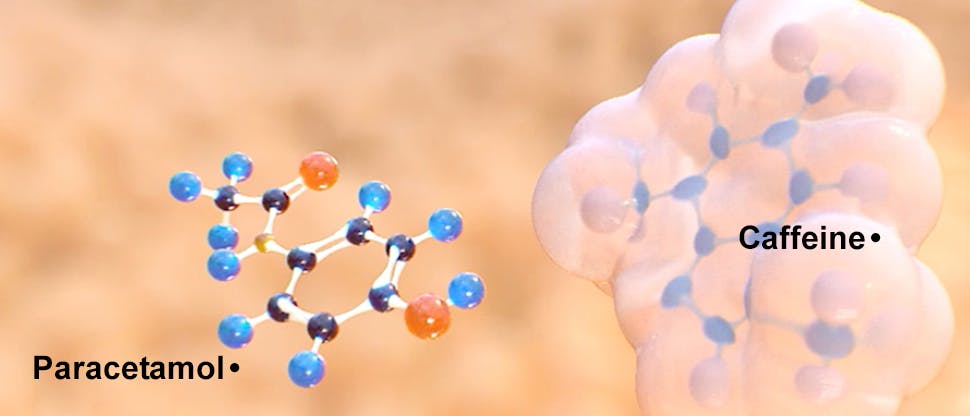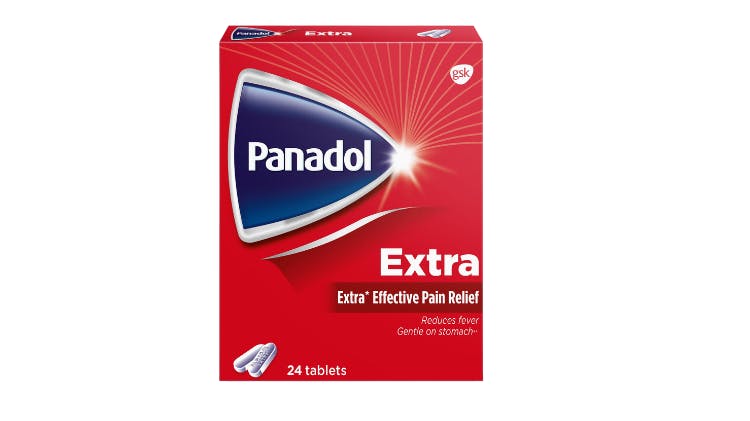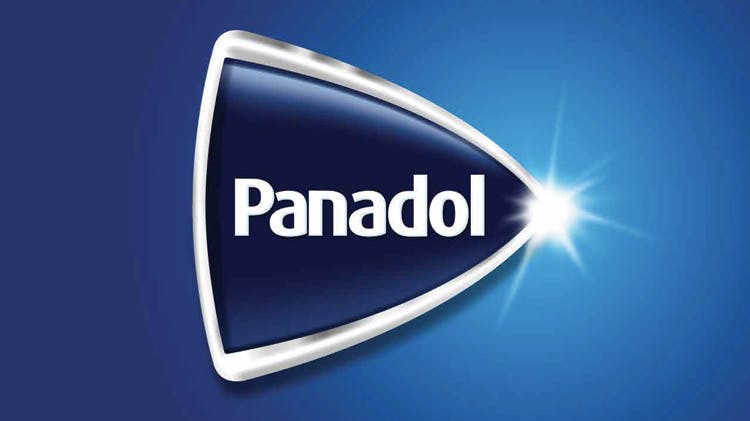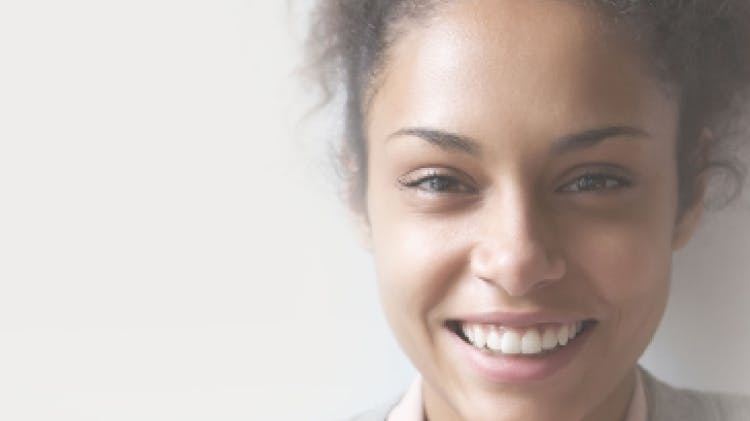The science of caffeine and paracetamol

Paracetamol+Caffiene Mechanism Of Action
Paracetamol exerts its analgesic and antipyretic effect by inhibition of prostaglandins.1 Caffeine on other hand has an adjuvant action due to inhibition of :-inhibition of the transmission of pain signal.
-Stimulation of neuronal activity resulting in mood elevation and reduced pain sensation.
-Regulation of vascular tone.
Do you know that contrary to popular believe, caffeine is not considered an addictive compound?3

Caffeine basics
First discovered in 850 A.D., caffeine was extracted as an active compound in 1819. It is the most common legal psychoactive drug and is a chemical relative of theophylline (used in treatment of asthma).2,3 Known for some of its effects such as increasing metabolic activity and heart rate, alertness, wakefulness and concentration, it is now combined with analgesics to increase absorption from the stomach.2,3
Discover the Panadol range with paracetamol and caffeine

Panadol Extra
With a dual “active” formulation that fights tough pains such as headaches,5,6 dental pain8 and menstrual pain.9


